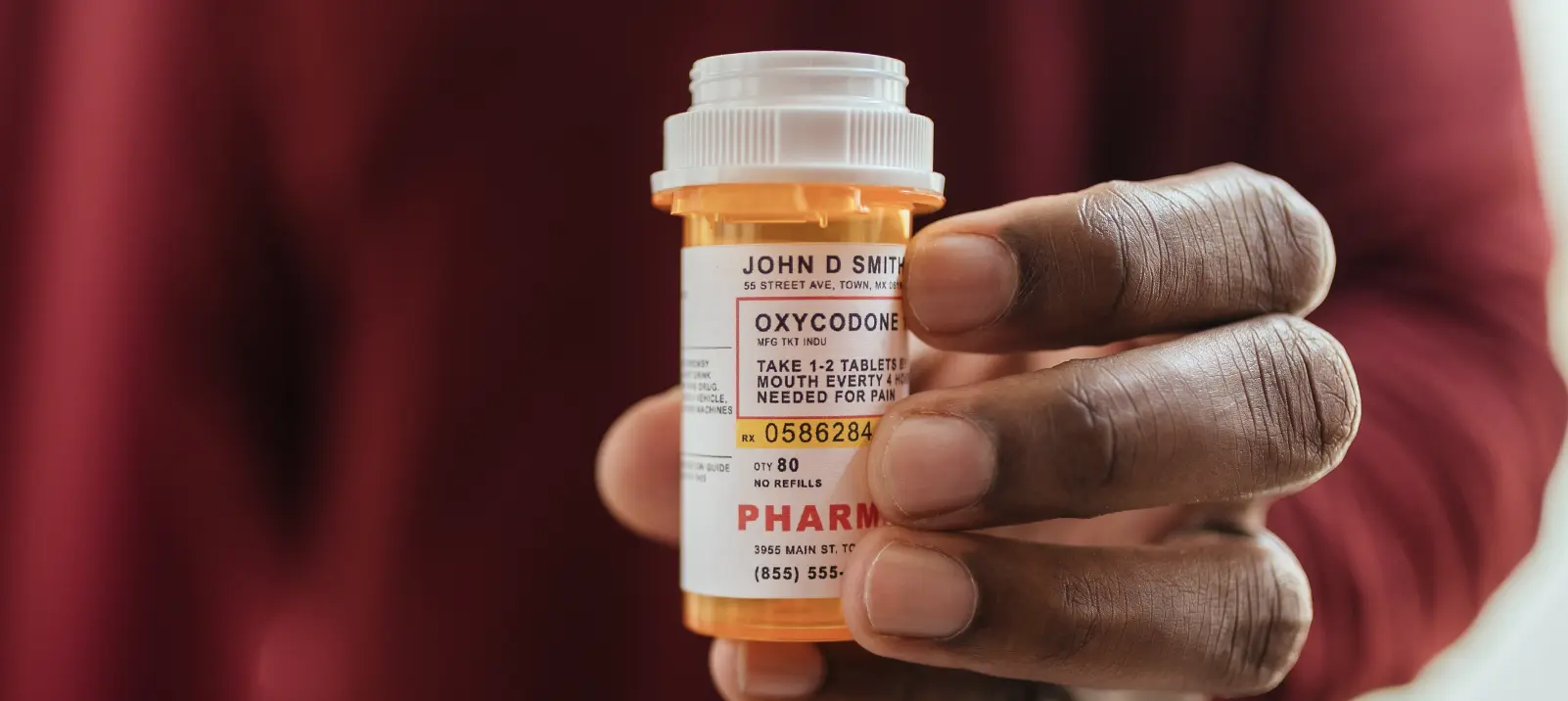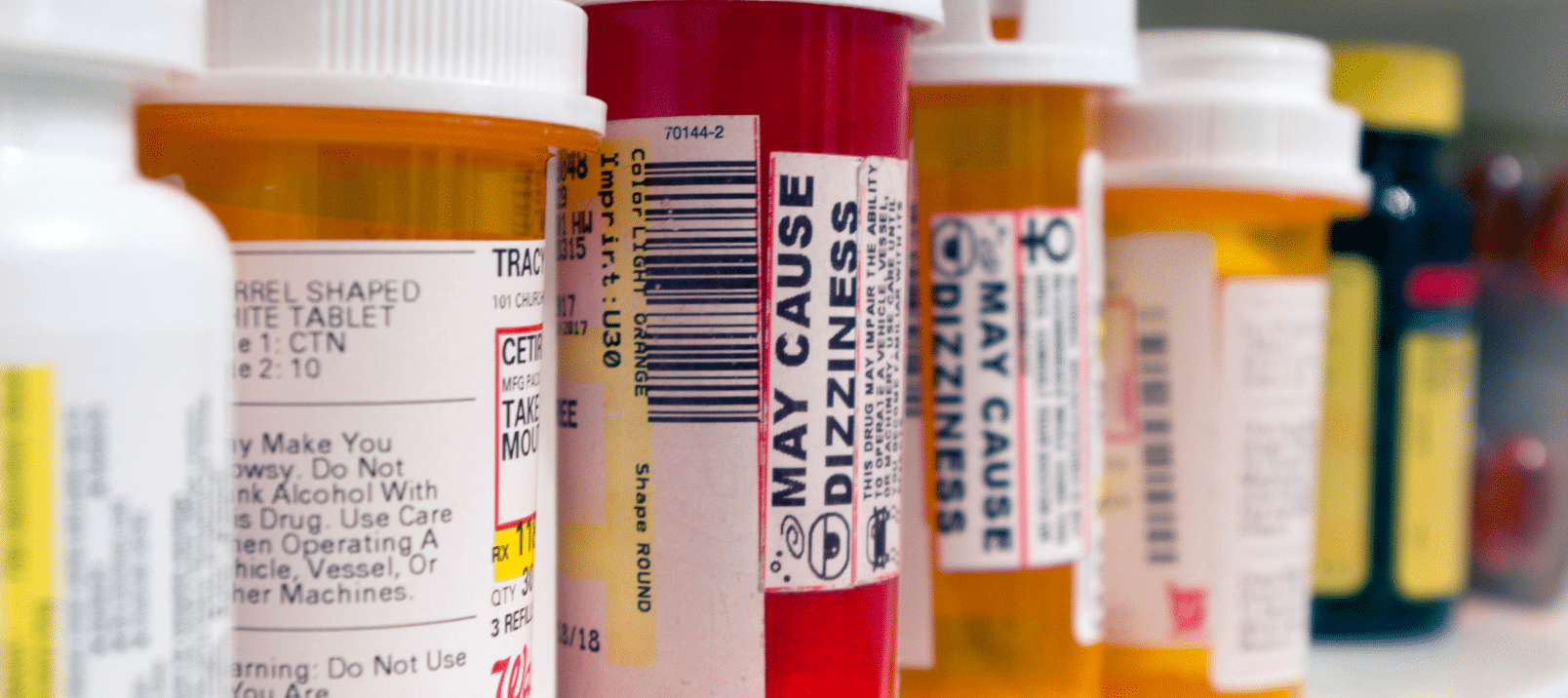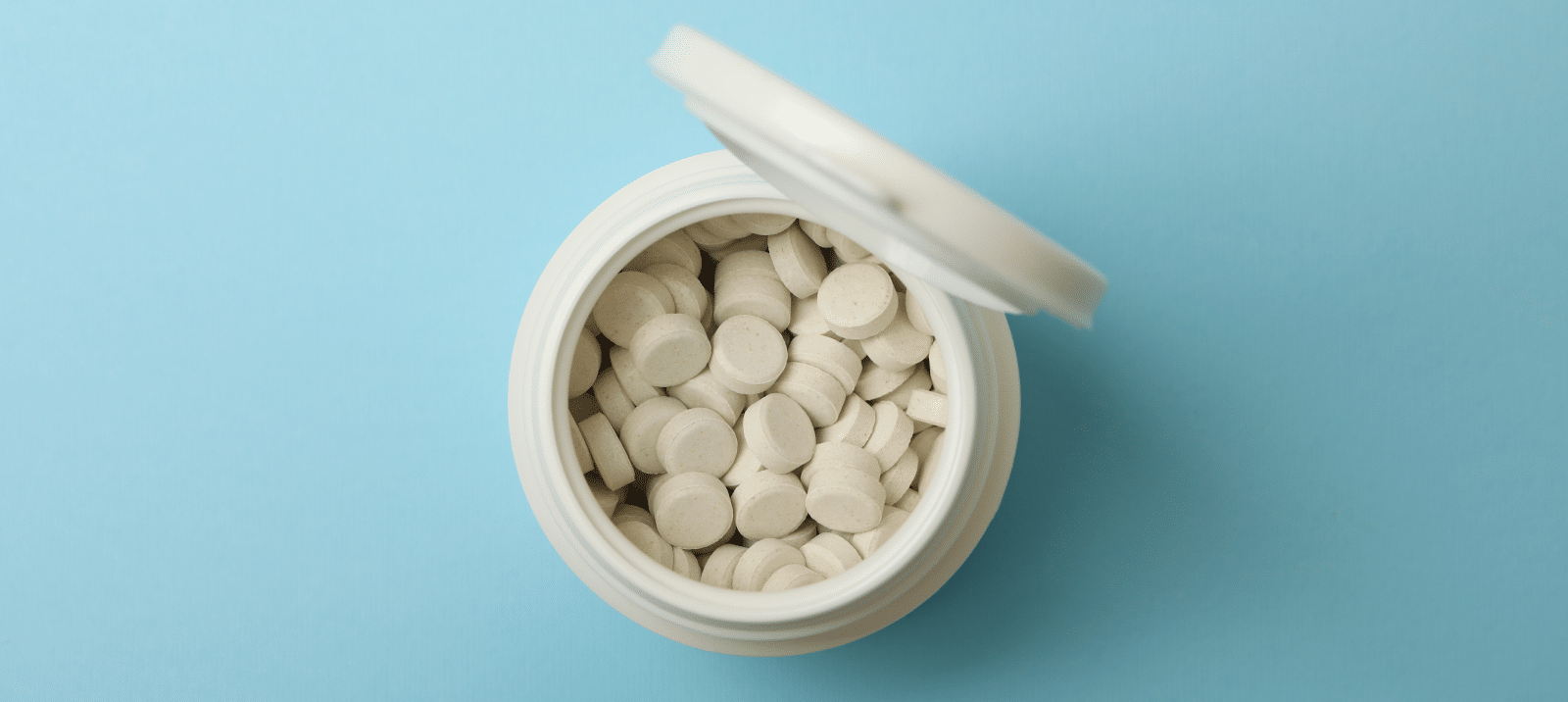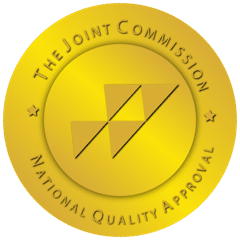Imagine a mother of two named Cathy. She has chronic migraines that leave her unable to work several times a month. The pain is unbearable.
Her doctor prescribed her opioid pain medications to manage the pain. At first, the relief was life-changing, and she was able to hold down a steady job and take care of her children.
However, over time, her original dosage no longer worked as well. She steadily increased the amount she took as her tolerance built.
Eventually, she was going to several different doctors for her medication or buying from the street. She could no longer focus on anything else and lost custody of her children. She also lost her job.
This fictional character is an example of a common way in which people might find themselves addicted to prescription drugs.
Another version of Cathy might have had a temporary knee injury. After a few months, she tried to stop taking the pills she was prescribed.
However, the severe pain of opioid withdrawal becomes unbearable, and she decides not to stop taking the pills.
A similar path can be taken with anxiety medication, as one seeks to numb their psychological pain and turns to substance abuse.
Some prescription drugs are more addictive than others because they flood your brain with dopamine. This provides a wonderful feeling, or high, that pushes you to want to take it over and over again.
Drug abuse changes how your brain works. It can affect your self-control and capacity to make good decisions.
Let’s look at the most dangerous pills.
